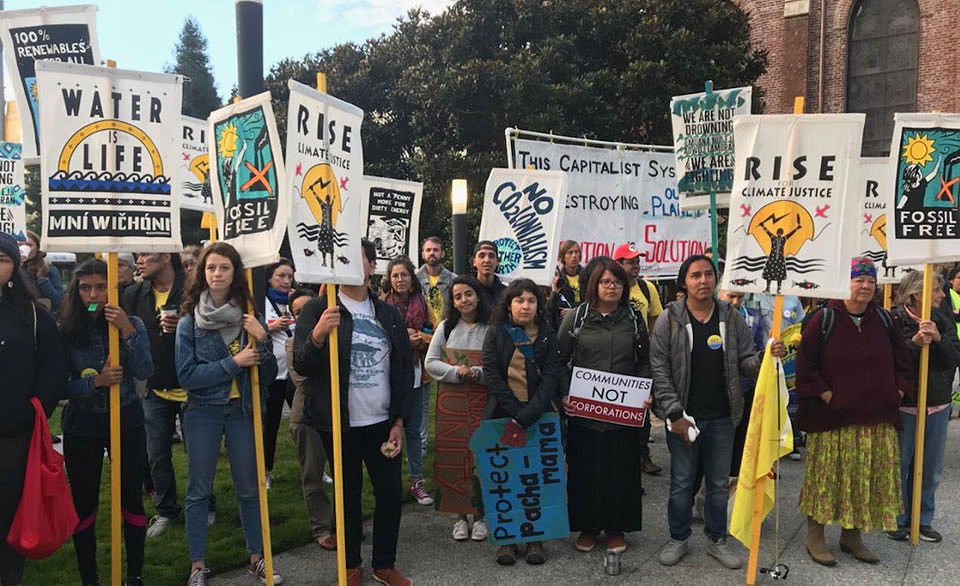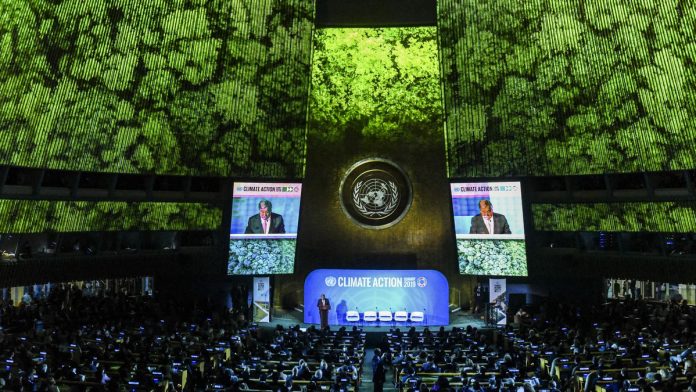Today, each intellectual individual must focus on the building issue of climate change in our atmosphere and anyone, even minutely vocal about the same, would express how emotionally captivating and heart-wrenching speech of Greta Thunberg at the Climate Action Summit shuns the leaders around the world, inspiring them to bring better solutions. When she says “you have taken away my childhood and my dreams,” one must begin to acknowledge the movement that today exists, must have sprung out from resources that head back into our past and that would be elaborated and explored as we head back into our history of climate action. Organizations that were aware, developed plans and worked noticeably, but what really changed this viewpoint and marked the beginning of true climate change actions, is rather recent.

Around four years prior, when the streets of Paris shed tears and mourned for more than hundreds of lives, a sense of humanity and concern rose across the globe for their people and the communities they lived in. Amidst the terrorist attack, the continual question of what is important, what to cater to and what not to: climate changes were taken into account and agreed upon as the ultimate need of the hour at the historic Conference of the Parties, COP21 – United Nations Conference on Climate Change, Paris 2015. The slogan at the conference was “we must make it work” and was a reflection of hope in their ambitious belief to strategize and enable better-living conditions across the globe. However, the talk was yet to be transformed into action.
Moreover, to obtain such a victory, the initial plan proposed, which was to decrease the global carbon emission down to the scientifically expected rate of 1.5 percent. While the targets were not reached even slightly close to the expected during the year, the level of emission was controlled, which was surprising and would have obviously risen, had the actions not taken place at all. It was proudly conveying a small beginning of triumph and gave birth to a community of global leaders, ready to take action and work on achieving these goals.
However, as we move into our 2020 deadlines set at the Paris Agreement, it only toughens to fulfil the targets. But one cannot banish the efforts taken in the past years. One cannot eliminate the recognition and progress of climate change, and forget to mention the involvement and importance of it, rising among the United Nations’ Global Goals at place thirteen. Present-day expectations are lowering but the belief and effort to make the change is overwhelmingly rising, especially in the young generations.
From March, around twenty conferences including the recent UN Climate Action Summit, have been held to come up with solutions to our collective global challenges. Leaders speak of containing the consequences each year with such planned road maps. The 2019 Climate Action Summit on September 23rd, the UN General-Secretary, António Guterres demanded world changemakers to create “concrete, realistic plans to enhance their nationally determined contributions by 2020, in line with reducing greenhouse gas emissions by 45 percent over the next decade, and to net zero emissions by 2050”.
Processes to duly work at climate change were built, structured and then restructured to keep into consideration the problems of finance. What now the world plans and aims at, is procuring better means of energy and industry transition, bring out more nature-based solutions, emphasize cities and their local action while managing ideal resilience and adaptation. Secondary action is centered on the operation of better mitigation strategies, widespread youth engagement, and public mobilization and highlighting social and political drives promoting climate change. What this captures is a strong movement: full of actions and not speeches.
This present state allows every individual to think about their daily actions that probably do lead and add up to world pollution. Such summits and speeches are meant to inspire belief in a good place and transform their ideologies to work at projects that are widespread and have an agency going over and above their own existence. What are minor successes of today, were probably not as heightened, or unclear, unrealistic goals as planned four years back, but now they cause real work and imply at a realistic image of reversing the worsening conditions. The target, that is our livelihoods, can be protected and global effects varyingly bring a sense of responsibility amongst people. However, a better future can only be attained if truly every citizen feels it is his/her subconscious duty to take care of the planet.






























